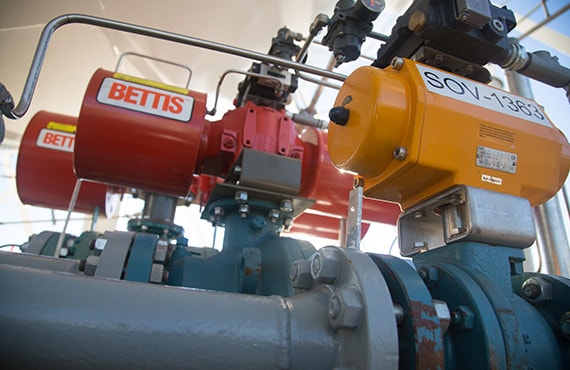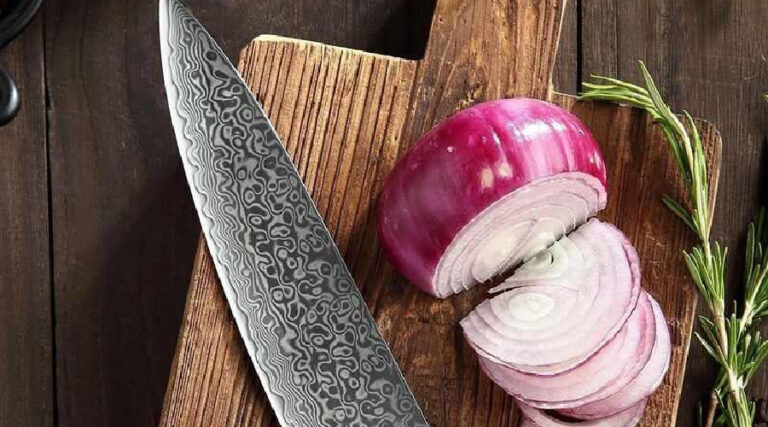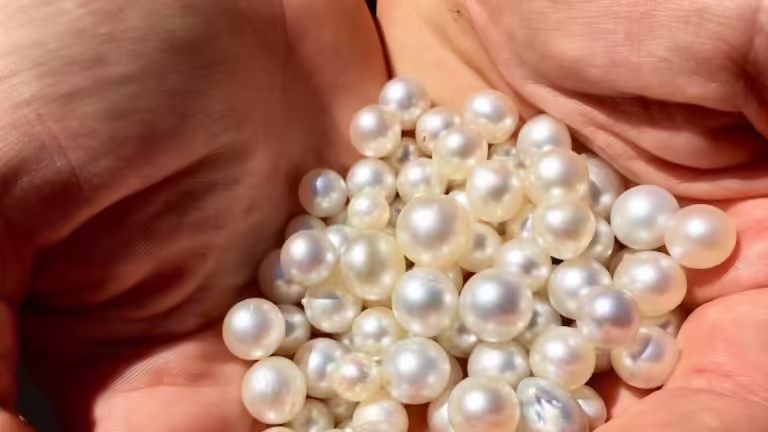How to Choose the Best Valve and Instrumentation for Your Project
Selecting the right valves and instrumentation for your project is crucial to ensuring optimal performance, safety, and cost-effectiveness. With many options available, making the right choice can be daunting. This guide aims to simplify the process by covering the essential considerations and providing a step-by-step approach to selecting the best valve and instrumentation for your needs.
Understanding Valves and Instrumentation
Valves are mechanical devices that control the flow and pressure of a system’s liquids, gases, and slurries. Conversely, instrumentation refers to the devices used to measure, monitor, and control various parameters such as pressure, temperature, flow rate, and level.
Valves and instrumentation form the backbone of any industrial process, ensuring efficient operation and safety. If you’re looking for intrusive instrumentation that can help you ease your project, you might want to visit https://www.pcipro.net/.
Key Factors to Consider
Application Requirements
- Medium Type: The type of medium (liquid, gas, or slurry) significantly impacts the choice of valve and instrumentation. Different materials and designs are suitable for different media.
- Pressure and Temperature: Valves and instrumentation must withstand the operating pressure and temperature ranges of the application.
- Flow Characteristics: Consider the flow rate and whether the flow needs to be throttled, shut off, or directed in multiple ways.
Material Compatibility
- Corrosion Resistance: The materials used for valves and instrumentation must resist corrosion from the medium. Common materials include stainless steel, brass, and various alloys.
- Durability: Ensure the materials can withstand the physical conditions of the application, including wear and tear.
Valve Types
- Gate Valves: Ideal for on/off control with minimal pressure drop. Not suitable for throttling.
- Globe Valves: Good for throttling and frequent operation. Offers better control but higher pressure drop.
- Ball Valves: Excellent for quick shut-off applications. Minimal pressure drop and good sealing capabilities.
- Butterfly Valves: Suitable for large volumes and low-pressure applications. Compact and lightweight.
- Check Valves: Prevent backflow in systems. Essential for maintaining system integrity.
Instrumentation Types
- Pressure Gauges: Measure and monitor pressure levels within the system.
- Temperature Sensors: Include thermocouples and RTDs for accurate temperature measurement.
- Flow Meters: Measure the flow rate of the medium. Types include differential pressure, positive displacement, and turbine flow meters.
- Level Sensors: Monitor the level of liquids or solids within a vessel. Options include ultrasonic, radar, and float-type sensors.
Installation and Maintenance
- Ease of Installation: Consider how easy it is to install and integrate the valve and instrumentation into your system.
- Maintenance Requirements: Choose valves and instruments that are easy to maintain and service. Consider availability of spare parts and technical support.
Compliance and Standards
- Ensure the selected valves and instrumentation meet industry standards and regulations, such as ISO, ANSI, ASME, and API. Compliance ensures safety, reliability, and compatibility with other system components.
Step-by-Step Selection Process
Step 1: Define Your Requirements
Start by clearly defining the operational requirements of your project. Document the type of medium, pressure, temperature, flow rate, and any specific control requirements. This foundational step will guide the rest of the selection process.
Step 2: Evaluate Application Conditions
Assess the environmental conditions where the valves and instrumentation will operate. Consider factors such as ambient temperature, humidity, and exposure to corrosive elements. This evaluation helps in selecting materials that can withstand these conditions.
Step 3: Select Suitable Materials
Based on the medium and environmental conditions, choose materials that offer the required corrosion resistance and durability. For example, stainless steel is a common choice for corrosive environments, while brass is suitable for less aggressive conditions.
Step 4: Choose the Right Valve Type
Match the valve type to your specific application needs:
- For on/off control with minimal pressure drop, gate valves are a good choice.
- For precise flow control, globe valves offer better throttling capabilities.
- For quick shut-off, ball valves provide excellent sealing and minimal pressure drop.
- For large volume, low-pressure applications, butterfly valves are compact and efficient.
- To prevent backflow, check valves are essential.
Step 5: Select Appropriate Instrumentation
Choose instrumentation that matches your monitoring and control requirements:
- Pressure gauges and sensors for pressure monitoring.
- Temperature sensors (thermocouples or RTDs) for accurate temperature measurement.
- Flow meters (differential pressure, positive displacement, turbine) for flow rate monitoring.
- Level sensors (ultrasonic, radar, float-type) for liquid or solid level measurement.
Step 6: Consider Installation and Maintenance
Evaluate how easy it is to install and maintain the valves and instrumentation. Opt for designs that allow straightforward installation and integration into your system. Ensure that maintenance procedures are simple and that spare parts and technical support are readily available.
Step 7: Ensure Compliance with Standards
Verify that the selected valves and instrumentation comply with relevant industry standards and regulations. Compliance ensures safety, reliability, and compatibility with other system components. Look for certifications from recognized bodies such as ISO, ANSI, ASME, and API.
Advanced Considerations
Automation and Control Systems
Consider integrating automated control systems for enhanced efficiency and accuracy. Automated valves and smart instrumentation can significantly improve process control and reduce human error.
Cost vs. Performance
Balance the initial cost of valves and instrumentation with their performance and longevity. Investing in high-quality components can lead to long-term savings through reduced maintenance and downtime.
Vendor Support and Reputation
Choose reputable vendors with a proven track record of providing high-quality valves and instrumentation. Good vendors offer technical support, training, and reliable after-sales service.
Future Scalability
Consider future expansion or changes in your system. Select valves and instrumentation that can accommodate increased capacity or different media, ensuring long-term flexibility and scalability.
Installation and Maintenance:
- Opt for valves with easy access for maintenance and readily available spare parts.
- Ensure instrumentation is calibrated regularly for accurate measurements.
By following this structured approach, the chemical processing plant can achieve efficient and safe operation, reducing downtime and maintenance costs.
Conclusion
Choosing the best valve and instrumentation for your project involves a detailed understanding of your application requirements, environmental conditions, and the specific characteristics of various valve types and instrumentation. By carefully evaluating these factors and following a systematic selection process, you can ensure optimal performance, safety, and cost-effectiveness for your project. Remember to consider advanced factors such as automation, cost vs. performance, vendor support, and future scalability to make an informed decision that meets both current and future needs.
Explore the latest trends and insights at NextWeBlog.com!






